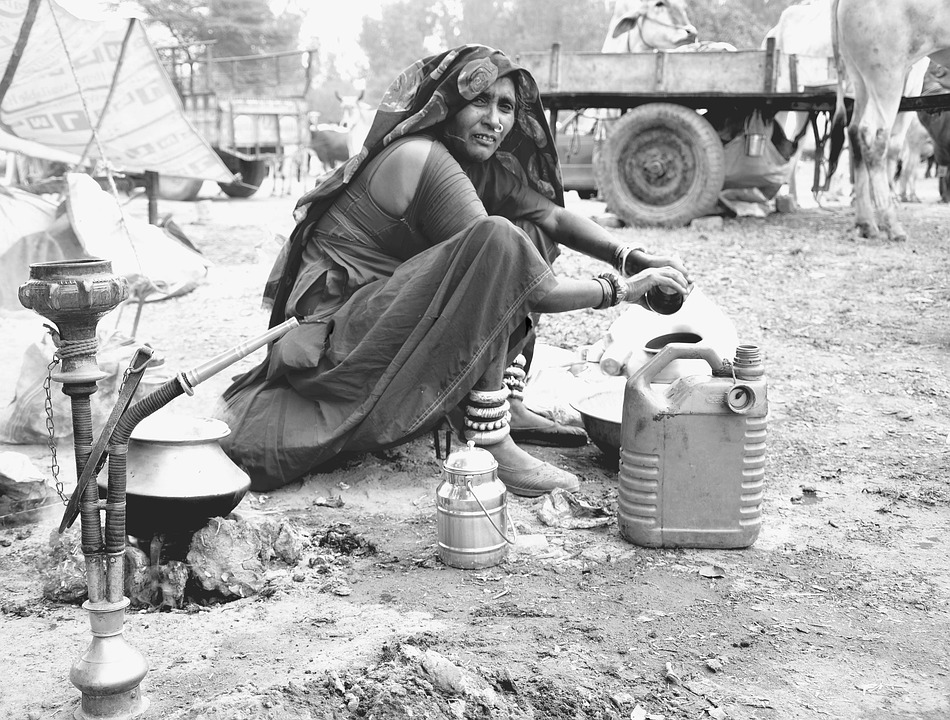Entrepreneurship isn’t all urban-based or city-driven.Shri Mahila Griha Udyog Lijjat Papad and Gujarat Co-operative Milk Marketing Federation Ltd are two powerful examples of the rural entrepreneurial deftness that the country possesses. The former, widely known as ‘Lijjat’ and having begun operations from the suburbs of Mumbai, is a women’s cooperative engaged in manufacturing of poppadum (papads), the latter, popular as ‘Amul’, is a dairy cooperative that has revolutionized production and distribution of milk.
The only impediment in the way of becoming commercial sensations in way of these rural entrepreneurial ventures is their lack of coverage by the popular media and investors’ skepticism of the rural market.While loss-making startups catering to the urban setup are both in the news as well as are regularly pumped with funds, the rural-based projects are out on their own with limited funds and lack of professional expertise in areas like marketing of produce and reaching economies of scale.
A restricted shift in focus has been witnessed in the last couple of years with management graduates taking up projects like development of a high yielding variety of seeds and solar power in rural areas. A few of such ventures could also fetch some funds for their expansion. The broader picture, however, is still dull and the institutional support, which should come from governments and not-for-profit organizationsby way of policy actions, is both scarce as well as remains unheard of by the rural populace owing to lack of advertising.
A few facts about the Indian economy are enough to reveal how significant rural economy and entrepreneurship emanating from it are for the overall GDP output and per capita income. More than half the workforce works in agriculture, and another substantial portion is engaged in rural based enterprises; women are more active in extending their labour outside the contours of their homes in villages than they are in cities; and the rapid urbanizationis only adding to the woes of the already-crumbling urban infrastructure.
The need then is to both identify and nurture rural entrepreneurs, for only they can make today’s Lijjat and Amul like enterprises. Such an endeavor will also set in motion the kind of progress we need in the farming sector that is growing at a meager rate and is not able to cope with the increasing needs of the labourforce dependent on it. It is an acceptable argument that unless research and development are devotedly undertaken in farming, as well as in other elements of the rural economy including animal husb andry, cottage industries and like, the dream of uplifting people from the shackles of poverty will remain a fantasy.
The Indian government has earmarked some money for marginalized sections, and this includes the MUDRA scheme for small scale entrepreneurs and VC fund for SC and ST,but a dedicated policy framework is not in place predominantly for the rural entrepreneurial talent. By designing a robust ecosystem where entrepreneurs from villages can be detected, groomed and funded, the government can dream both of doubling the farmers’ income in coming years as well as accomplishing its target of inclusive and equitable growth cutting across regions and classes. Another helping h and will be of investors that now should view rural entrepreneurship as part and parcel of the broader startup ecosystem.
Also read: Why we need more social entrepreneurs?
Disclaimer – The views or opinions expressed in the article are the personal opinions of the author and do not in any way reflect the views of Suvipra. Suvipra does not assume any responsibility or liability for the same.
To get your article published on Suvipra.com, refer our guidelines Guidelines
Contribute article Contribute









